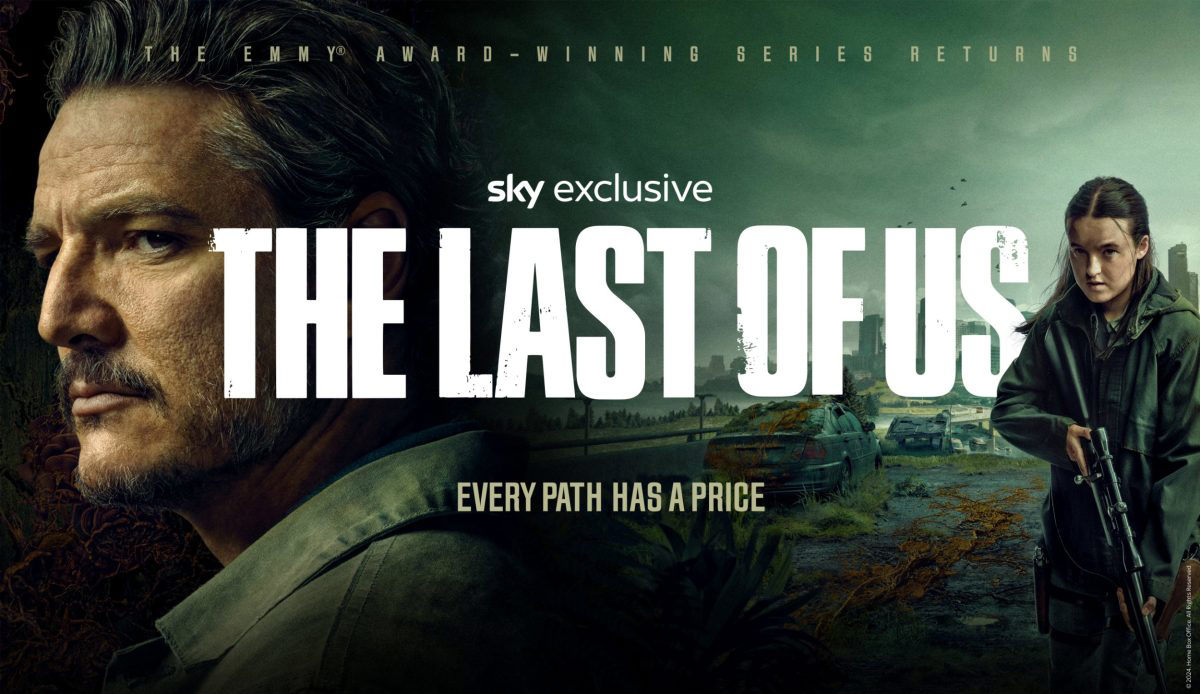HBO’s The Last of Us returned in April 2025 with its highly anticipated second season, continuing the adaptation of Naughty Dog’s award-winning video game series. Developed by Craig Mazin and Neil Druckmann, the new season draws from The Last of Us Part II (2020) and shifts its focus toward themes of revenge, grief, and moral ambiguity.
Set several years after the events of Season 1, the story follows Ellie as she struggles with personal loss while encountering new survival communities in a fractured, post-pandemic United States. New characters, including Dina and Abby, expand the emotional and narrative scope, challenging audience sympathies and expectations.
Critical Acclaim for Production and Performances
Season 2 has received widespread praise for its production quality and performances. According to Empire, the series “remains technically impeccable,” showcasing exceptional cinematography, sound design, and world building that vividly capture the tension and desolation of a society in ruins.
Returning leads Pedro Pascal (Joel) and Bella Ramsey (Ellie) have been lauded for deepening their characters’ complex relationship. Meanwhile, Isabela Merced as Dina and Kaitlyn Dever as Abby have been widely praised. Decider’s noted that, “the performances are remarkable in balancing vulnerability and strength.” These portrayals successfully translate the emotional weight of the game into a television format.

From its hauntingly detailed set designs to carefully choreographed action sequences, the production pushes its artistry to new heights while maintaining the atmospheric intensity that defined Season 1.
Nonlinear Storytelling Brings Risks and Rewards
One of the season’s boldest creative choices is its nonlinear narrative structure. By weaving together multiple timelines and perspectives, the show invites audiences to engage more deeply with character motivations and emotional arcs.
This approach mirrors the game’s fragmented storytelling but has sparked debate. For example, NME praised the ambition, writing that ‘fragmented storytelling challenges audiences to engage with shifting emotional arcs.” However, some fans argue that the pacing feels uneven, particularly when episodes diverge significantly from the central storyline.
Through exploring multiple perspectives, the series engages viewers with themes of empathy and moral complexity. That ambitious narrative choice has divided audiences, with some praising the added depth while others finding it disruptive.
Divided Audience Reception

Despite worldwide acclaim, audience reactions have been divided. On Metacritic, the season 2 currently holds a score of 81/100 based on critic review, while Rotten Tomatoesreports a 91% positive rating from professional reviewers.
However, user ratings are much lower, with IMDB showing review bombing on several episodes. Some critics have attributed the backlash to debates over political correctness, particularly regarding the depiction of LGBTQ+ relationships. For instance, James Factora claim this phenomenon to the depiction of LGBTQ+ relationships, particularly the storyline involving Ellie and Dina.
This gap between professional and audience reception underscores the cultural challenges faced by adaptations of beloved games. While critics have largely praised the show’s faithfulness to its source material and the emotional resonance of its performances, segments of the audience have responded differently, reflecting broader debates about representation and narrative fidelity.

Balancing Faithfulness and Creative Freedom
Adapting a story driven game remains a complex task. While Season 2 adheres closely to the major narrative beats of The Last of Us Part II including Joel’s death and Ellie’s pursuit of revenge. The writers have also expanded backstories and reshaped certain sequences to fit the pacing of television.
This approach stays true to the spirit of the original game while exploring new dimensions, which has created tension among series fans. Some viewers have praised the series for deepening its characters and world building; however, others argue that certain changes break the emotional intensity of the central conflicts.
By balancing between faithfulness and creative freedom, Season 2 highlights the broader question of the modern adaptation: how much should a creative team innovate when representing a well-known story for a different medium?
Looking ahead to Season 3
With a third season already in development, anticipation is high for how the series will conclude its adaptation of the second game’s narrative. HBO has confirmed that The Last of Us Part II will be spread across multiple seasons, giving more space to develop character arcs and explore unresolved themes.
Future episodes are expected to delve deeper into identity, trauma, and redemption, while maintaining the exceptional production standards that have defined the series. Whether these choices will reconcile divided audience reactions remains to be seen.
Final Thought
Season 2 of The Last of Us stands as both an ambitious adaptation and a cultural flashpoint. Its approach to explore nonlinear storytelling, moral ambiguity, and underrepresented identities has gained critical praise but also sparked audience response.
As HBO prepares for Season 3, the series continues to push the boundaries of what a video game adaptation can achieve. Season 2 has become one of television’s most talked-about shows, though its adaptation choices continue to spark debate.
